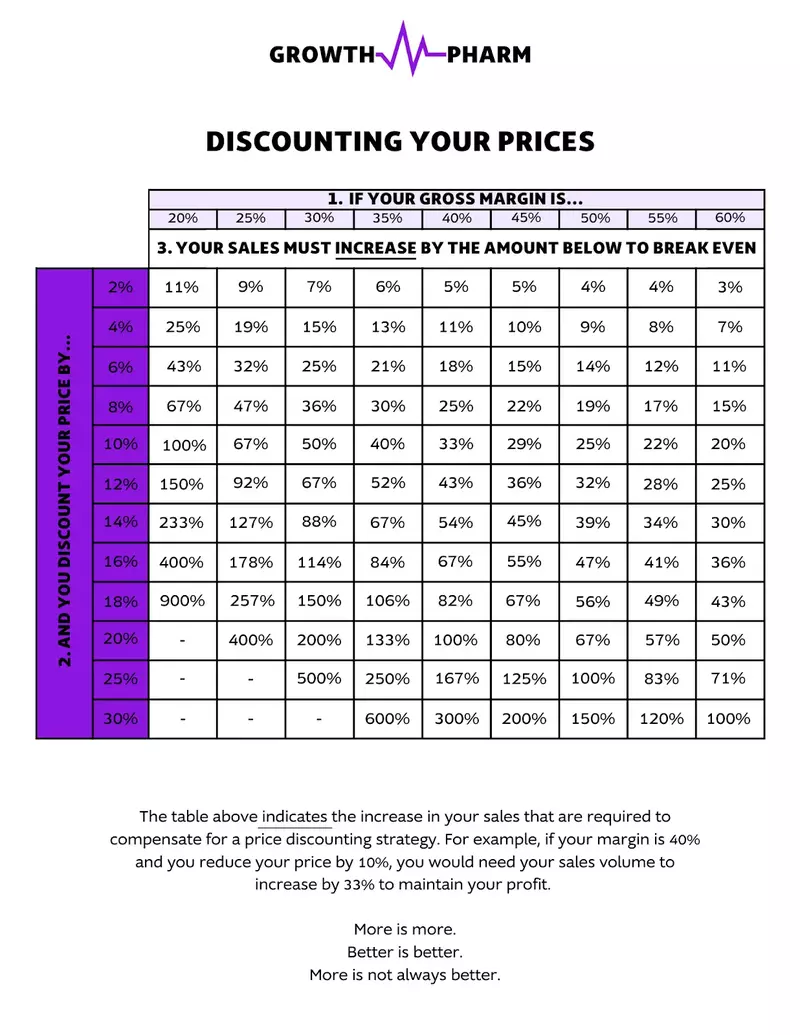August 9, 2023
In the competitive business landscape, offering discounts to customers has become a popular strategy for attracting new clients, retaining existing ones, and increasing sales. However, implementing discounts without a well-thought-out plan can backfire, resulting in diminished profits or even damaging your brand reputation. To ensure your discount strategy serves its purpose effectively, there are several crucial considerations to keep in mind. In this blog, we will explore these essential factors that every business should consider when offering discounts to their customers.
1. Clear Objectives:
Before diving into discount offers, establish clear objectives for your promotion. Are you aiming to boost sales during a specific period, clear out excess inventory, attract new customers, or encourage repeat purchases? Having a well-defined goal will help you design targeted and appropriate discount campaigns that align with your business’s needs.
2. Know Your Margins:
Understanding your profit margins is vital when offering discounts. A discount that is too steep may erode your profits, leaving you with little to no gains. Conduct a thorough analysis of your costs, pricing, and potential revenue impact to determine the maximum discount you can offer while still maintaining a healthy bottom line. Here is a chart to consider when offering discounts:

3. Segment Your Customers:
Not all customers have the same needs and preferences. Segment your customer base based on their behavior, demographics, or past purchase history. Tailor your discounts to specific customer groups to make the offers more relevant and attractive. Personalization can significantly increase the chances of converting potential buyers into loyal customers.
4. Avoid Frequent Discounts:
While discounts can be enticing, offering them too frequently might devalue your products or services in the eyes of customers. If shoppers get accustomed to perpetual discounts, they may start to perceive your regular prices as inflated, leading to a decline in sales during non-discount periods. Reserve discounts for special occasions or seasonal promotions to maintain their appeal.
5. Upselling and Cross-selling Opportunities:
Leverage discount campaigns as an opportunity to upsell or cross-sell related products or services. Present customers with add-ons or upgrades at discounted rates, encouraging them to spend more while feeling they are getting a good deal.
6. Test and Analyze:
Don’t shy away from conducting A/B tests to measure the impact of different discount offers. Analyze the data to understand which promotions work best for specific customer segments and align with your business goals. Continuous monitoring and improvement are essential to refine your discount strategy over time.
7. Protect Your Brand Image:
While discounts can attract customers, excessive discounting might lead customers to perceive your brand as cheap or inferior. Maintain the quality of your products or services and ensure that the discount campaigns align with your brand values and image.
8. Measure Long-term Impact:
Evaluate the long-term impact of your discount strategy on customer loyalty, profitability, and overall business growth. While short-term gains are essential, sustainable success depends on maintaining a balanced approach to discounts.
In conclusion, offering discounts can be a powerful tool when used strategically and thoughtfully. By understanding your objectives, customer segments, and profit margins, while avoiding excessive discounting, you can implement successful promotions that benefit both your customers and your business. Remember, discounts should complement your overall marketing strategy and contribute to building lasting relationships with your clientele.
